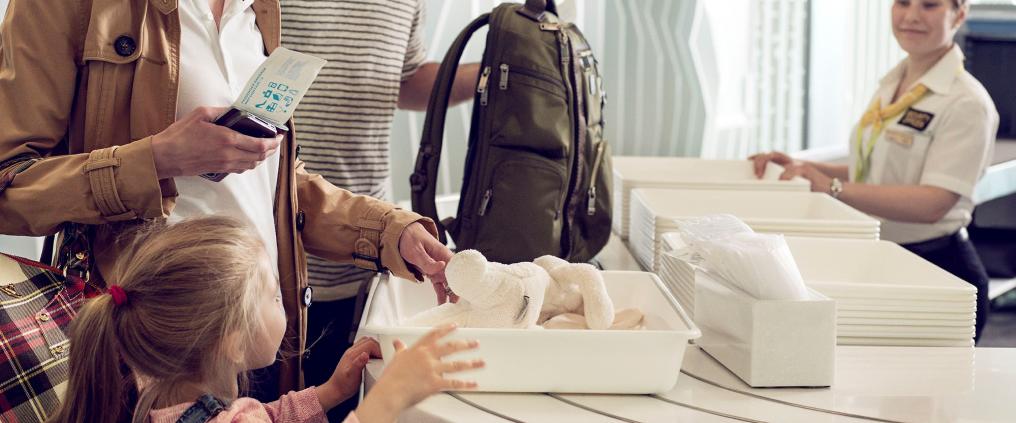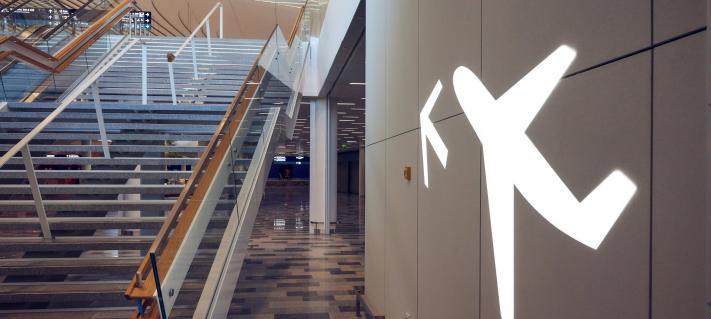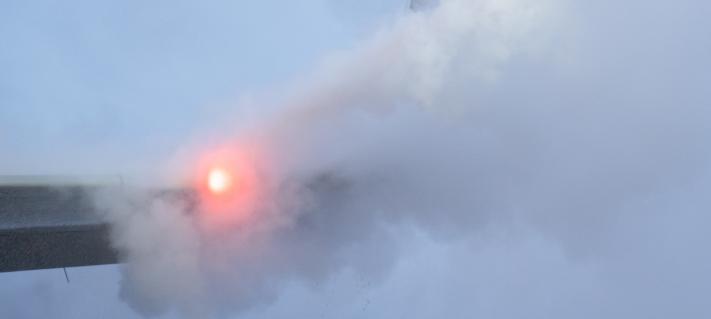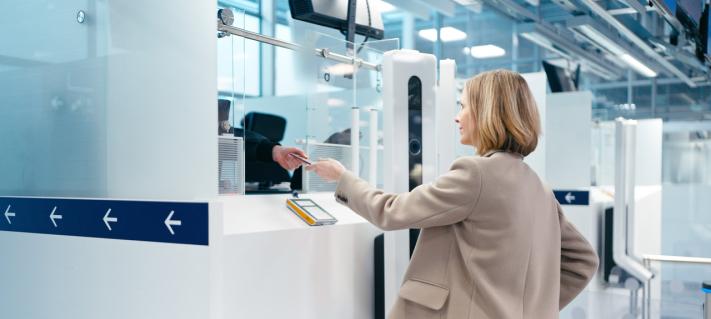Safety is our guiding principle in everything we do. Our Sum of Good Things series highlights details of Finavia's responsibility work. This story is about the second life of the items collected in Finavia airports' security controls.
Before travelling, it’s a good idea to use the Finavia search function to see which items are prohibited in the airplane cabin or the cargo. For example, sharp and flammable objects are not to be carried in an airliner. At times, instructions may be overlooked or information doesn’t reach a passenger in time. In such cases, restricted objects must be removed in security control.
At Helsinki Airport, this amounts to around a thousand items every day.
“The most common item removed from carry-on luggage are liquids over 100 milliliters and sharp objects such as scissors, multifunctional tools and pocket knives. From checked baggage, we remove a large number of power banks. The weekly count is around 500 at Helsinki Airport alone, and 1 000–2000 in all of Finavia’s airports, depending on the season,” says Joni Pekkanen, Service Manager at Finavia.
According to official instructions power banks should be packed in carry-on luggage.
Stored, sorted and recycled
If your belongings are removed from your suitcase, you can get them back. Only a few passengers, however, utilize this possibility.
“Passengers, of course, have the opportunity to reclaim what has been seized from them. All the items removed from checked baggage are documented and stored at the airports for at least a month. Valuable items removed from carry-on luggage can also be stored, but usually the passenger prefers to give his or her valuables to a companion or post them personally,” Pekkanen says.
The majority of the removed items, however, is left in the storage space at the airport. Instead of disposing of the items, Finavia started donating them to the civic organization Finnish Red Cross in December 2017.
The cooperation started at Helsinki Airport and positive experiences spurred its expansion to Finavia airports in Rovaniemi, Oulu, Turku, Tampere and Joensuu. These airports have been selected based on the number of removed items and locations of the Kontti Second Hand Department Stores operated by the Finnish Red Cross. The Kontti stores sell donated clothes and other wares, and proceeds go to support the relief work of the Red Cross.
Removed items go to charity
Over a half of the prohibited items collected at Finavia’s airports are recyclable. For example, tools, scissors, sports equipment, cigarette lighters and power banks are donated to the Red Cross. Sari Nikkola, Director of the Kontti chain of the Finnish Red Cross, is happy that the items that would have previously been thrown away are now reused, and that funds are collected for relief work.
The items that are not recycled or donated to charity include weapons, alcohol, food items, or materials containing personal data. These and other objects that are not suitable for reuse are sorted as waste. The amount of waste decreases as the level of awareness rises.
The most common items removed from checked baggage
-
Power banks
-
Ignition devices
-
Detached firearm cartridges
-
Detached lithium batteries
-
Hairspray bottles without a cap
-
Spray paint
The most common items removed from carry-on baggage
-
Liquids stored in containers over 100 ml
-
Tools and sharp objects
-
Ignition devices (one lighter or box of matches allowed)




